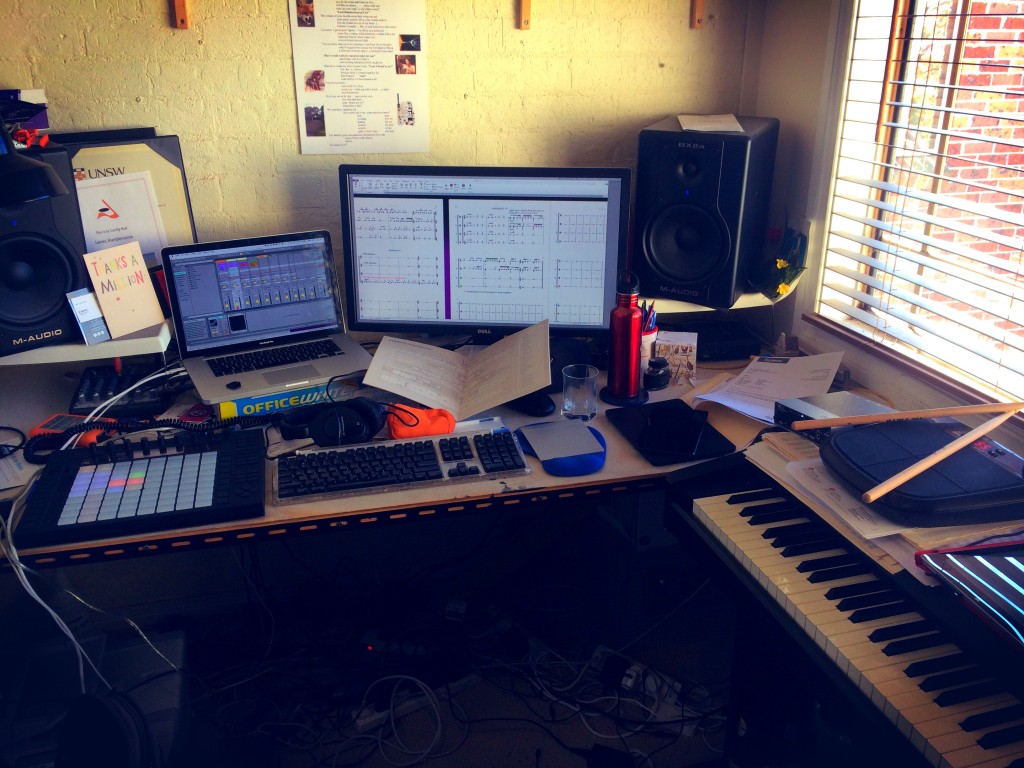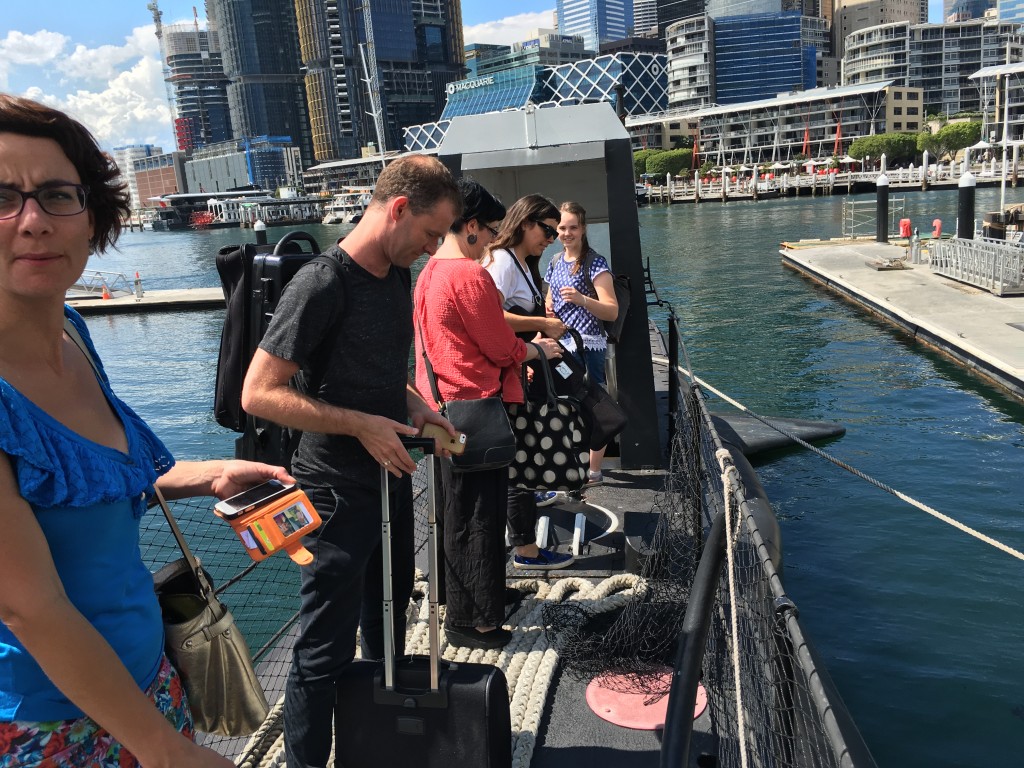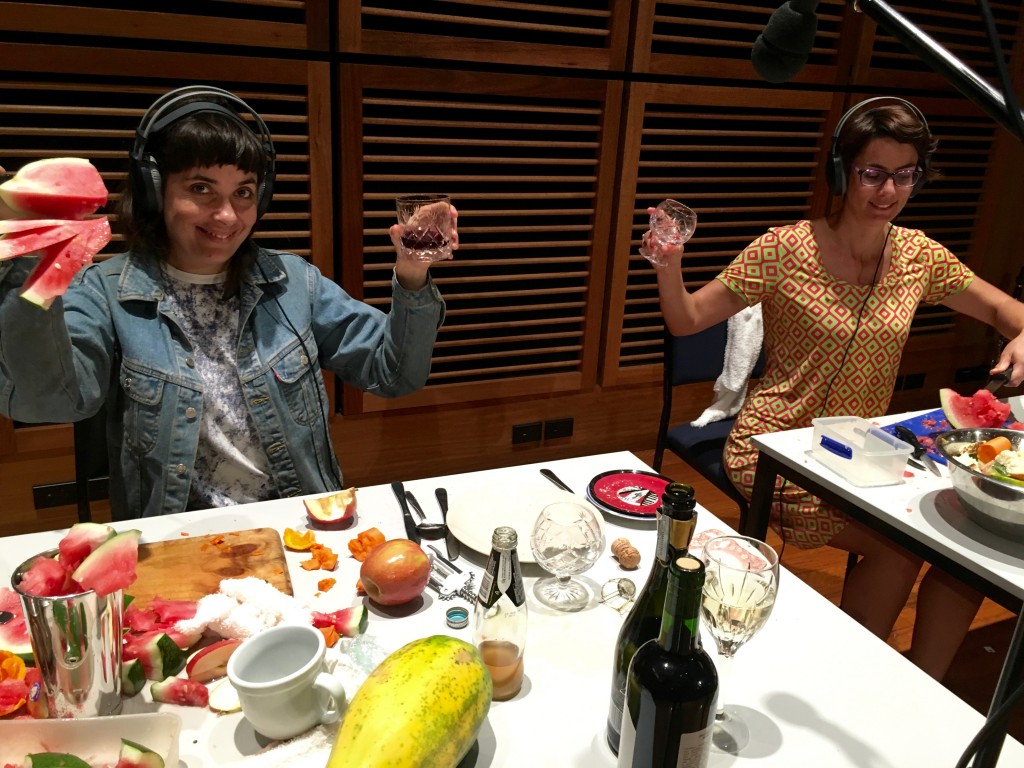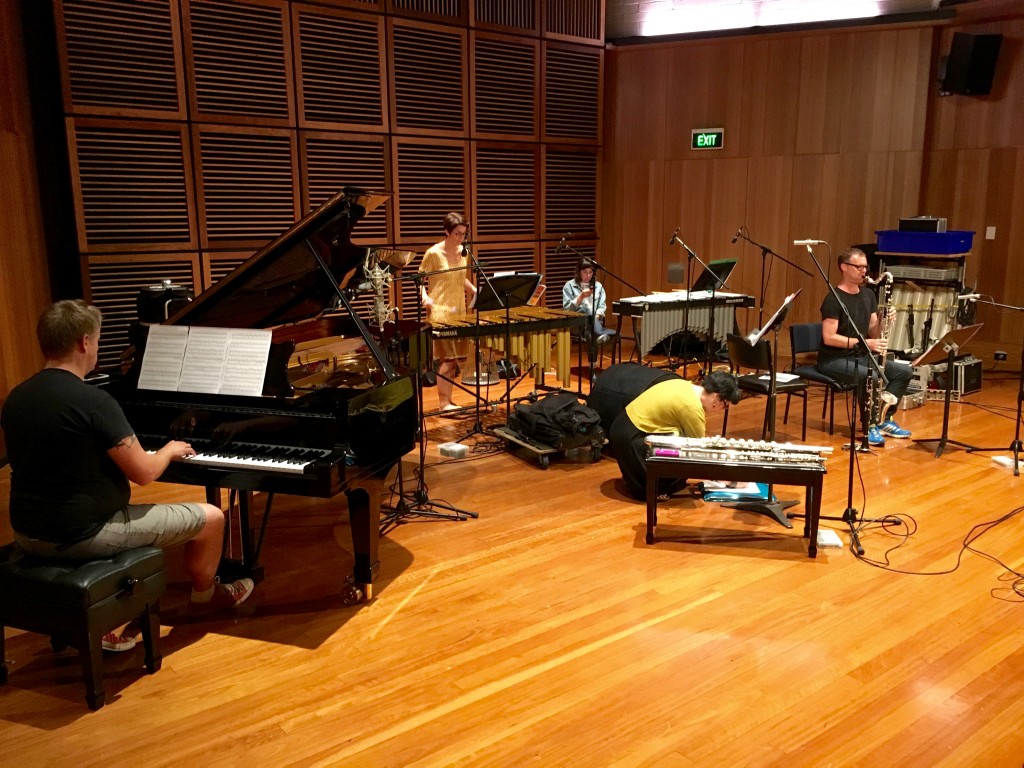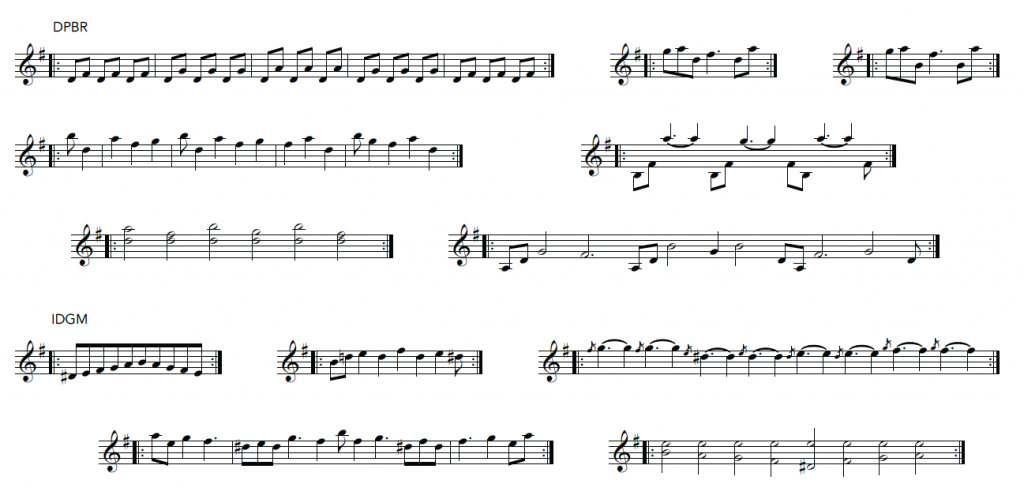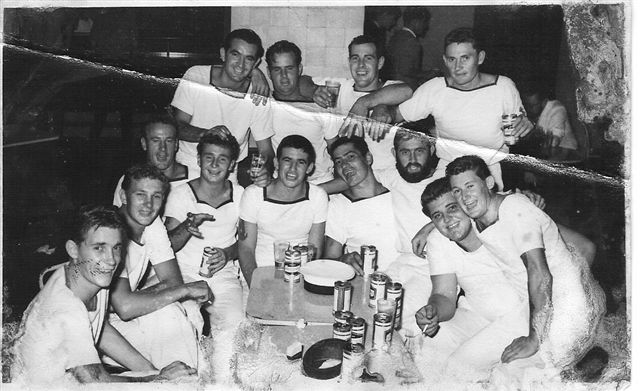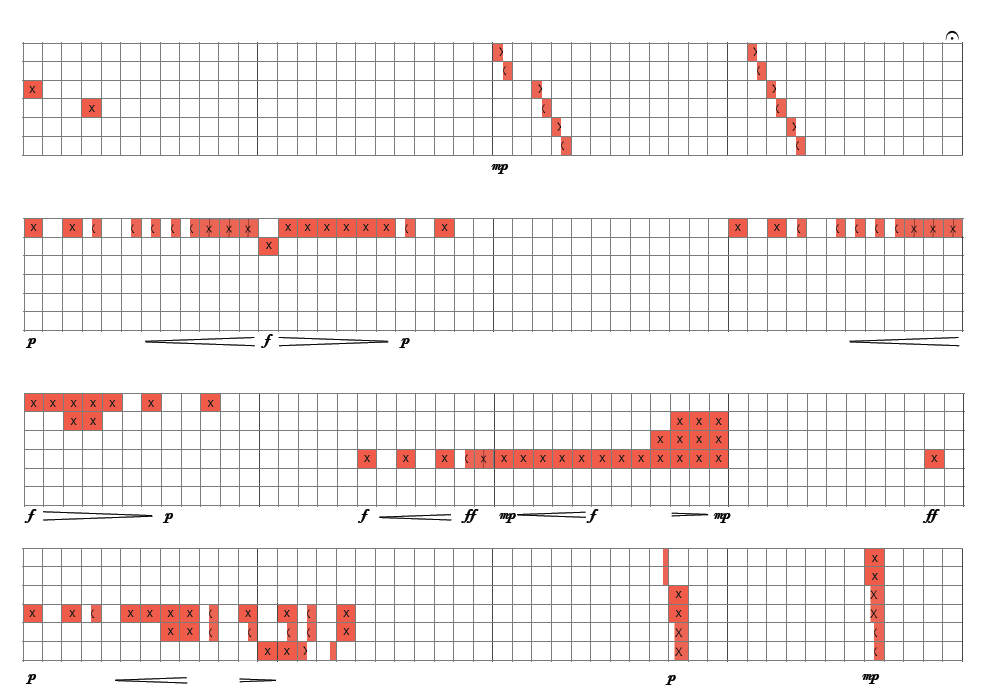Visiting the installation with family
Well, it’s the litmus test, isn’t it? The public can be critical, but what about the family? I took my 6 year old and 8 year old and (XX year old) father around the new ACTION STATIONS exhibition, and have made a short video of them in the spaces with some related music/sound excerpts.
Couldn’t be prouder of the quality of these recordings – Jarrad has done me proud… and I’m sure you’ll recognise much of it from the many mock-ups I’ve posted over the past two years. ACTION STATIONS looks great, and while the brochure isn’t yet finished that documents my part in it, it’s on its way.

The final installation looks amazing, with the destroyer HMAS Vampire and submarine HMAS Onslow on each side of the striking new battleships pavilion.
So, what’s left now? Well, there is a short documentary about Noise Husbandry being made by the amazing Leonie Jones, so I’ll post that here once it’s released in the new year. I’ll lodge the score with the Australian Music Centre at some point, so if you’d like to perform any of these pieces in the future you’ll be able to. And Jarrad and I will work on the CD mixes and mastering over the summer break, and we’ll create a CD version of Noise Husbandry for our own records, which ANMM will own mechanical rights to and so can sell (or give away) if they like – I’ll post here if there’s news about that, too. In the meantime, you can visit the installation now!
